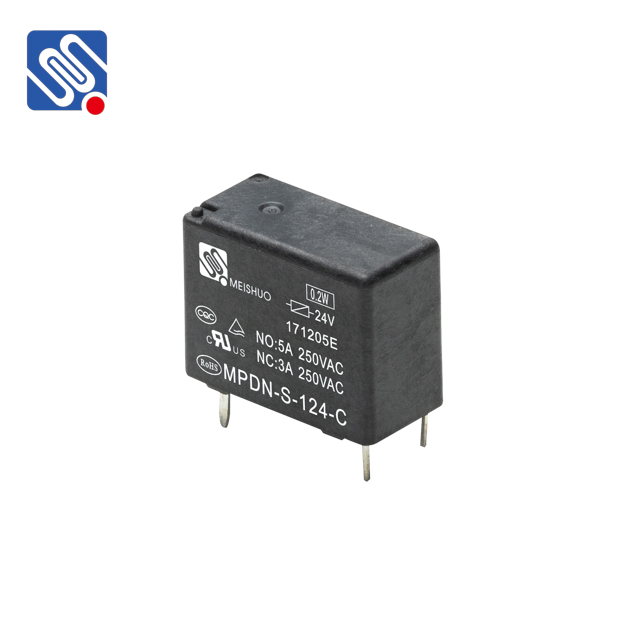low-power relay: revolutionizing energy efficiency in modern electronics
Release time:2025-11-09 21:20:31
In today's world, where energy efficiency is a primary concern, the development of low-power devices has become a focal point in electronics. Among these innovations, the low-power relay stands out as a key component in reducing power consumption across various industries. These relays are widely used in applications ranging from consumer electronics to industrial automation, offering substantial benefits in terms of energy savings and system reliability.

What is a Low-power Relay?
A low-power relay is a type of electromagnetic switch designed to operate with minimal energy consumption. Unlike traditional relays that require a significant amount of power to engage their contacts, low-power relays are optimized to function efficiently at lower voltages and currents. This makes them ideal for battery-operated devices or any application where conserving energy is critical.
At its core, a relay works by using an electromagnet to open or close a set of contacts in response to an electric current. In a low-power relay, the electromagnet is designed to require less energy to activate, thereby minimizing overall power usage. This is achieved through the use of advanced materials and improved coil designs that reduce the amount of current needed to operate the relay.

